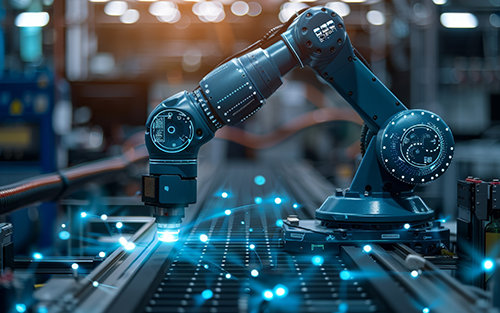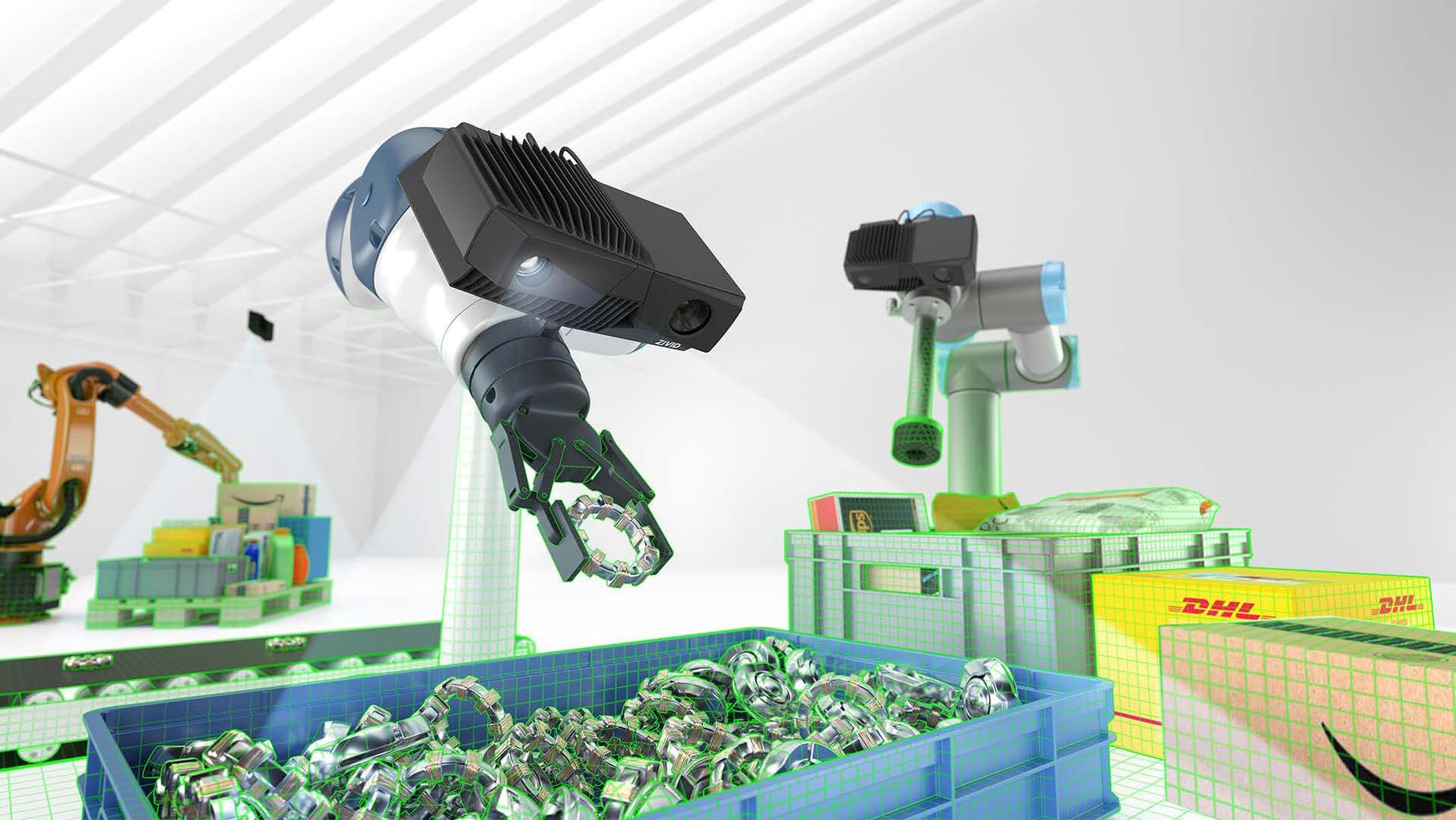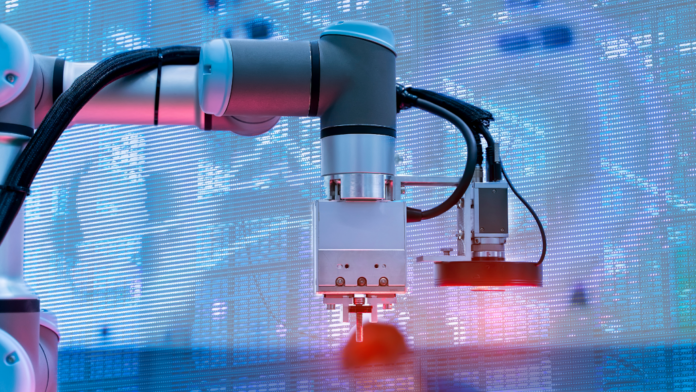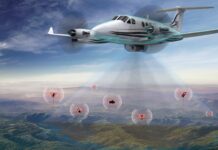In the rapidly evolving field of robotics, precision is no longer a luxury—it’s a necessity. From performing intricate surgical procedures to ensuring flawless manufacturing processes, precision-driven tasks require advanced technological support.
One of the most groundbreaking innovations propelling this advancement is 3D vision. This technology equips robots with an unparalleled ability to interpret their surroundings, enabling enhanced capabilities that reshape industries.
Understanding 3D Vision Technology

3D vision refers to a robot’s ability to perceive depth and spatial information about its surroundings.
Unlike traditional 2D vision systems, which capture only height and width, 3D vision provides the additional dimension of depth, making robots more context-aware. This capability is critical for tasks that involve complex geometries or variable environments.
3D vision mimics the human ability to perceive depth using stereoscopic vision. By analyzing the disparity between images captured by two or more cameras, robots calculate the distance and position of objects. Advanced 3D vision systems employ technologies like:
- LiDAR (Light Detection and Ranging): Uses laser pulses to create precise 3D maps.
- Structured Light: Projects patterns onto objects and measures deformation to gauge depth.
- Time-of-Flight Sensors: Measures the time it takes for light to bounce back, estimating object distances.
When integrated with robotic systems, 3D vision serves as the robot’s “eyes,” transforming raw visual data into actionable insights. For example, a robotic arm equipped with 3D vision can adjust its grip dynamically to pick up irregularly shaped objects, significantly enhancing versatility.
The Impact of 3D Vision on Robot Capabilities
3D vision dramatically improves a robot’s ability to detect, recognize, and manipulate objects with precision. For instance, in micro-assembly tasks, robots rely on high-definition 3D imaging to align and assemble components with sub-millimeter accuracy.
Similarly, in healthcare, robotic-assisted surgeries use 3D vision for precise navigation and execution, minimizing risks and improving outcomes.
Improved Navigation and Mobility
Autonomous robots equipped with 3D vision can navigate complex environments effortlessly. By generating detailed maps of their surroundings, they can detect and avoid obstacles in real-time. In applications like warehouse robotics, this capability enables seamless operations in dynamic settings where paths may frequently change.
Greater Adaptability and Autonomy
One of the standout features of 3D vision is its ability to make robots more adaptable. In agriculture, for example, robots use 3D vision to identify ripe fruits for harvesting, adjusting their actions based on environmental conditions. This adaptability extends to disaster recovery robots that can navigate unpredictable terrains to perform search-and-rescue missions.
Applications of 3D Vision in Robotics

In manufacturing, 3D vision systems like Mech-Mind are revolutionizing processes. Robots equipped with 3D vision handle tasks such as quality control, defect detection, and pick-and-place operations with unparalleled efficiency. By identifying even minute defects, these systems ensure higher product quality and reduce waste.
Healthcare Robotics
Robotic systems in healthcare leverage 3D vision for critical applications, including minimally invasive surgeries and patient rehabilitation. Surgical robots utilize real-time 3D imaging to perform delicate procedures with a level of precision unattainable by human hands alone.
Logistics and Warehousing
Logistics robots equipped with 3D vision streamline inventory management by identifying and categorizing items efficiently. In e-commerce fulfillment centers, these robots sort and pack orders with incredible speed, reducing human errors and meeting increasing demands.
Challenges and Limitations
While 3D vision is transformative, it comes with challenges. High-resolution 3D cameras and sensors require significant computational power, making real-time processing a hurdle in certain applications. Additionally, maintaining accuracy in environments with poor lighting or reflective surfaces remains a challenge.
The sophistication of 3D vision systems often translates to higher costs, limiting their adoption in small-scale industries. Finding cost-effective solutions that deliver comparable performance is a key focus for developers.
The growing use of 3D vision in surveillance robots raises privacy concerns. Moreover, as automation expands, it’s vital to address the potential workforce displacement caused by widespread robotic adoption.
Future Trends and Innovations

Technological advancements are driving the development of smaller, more energy-efficient 3D vision sensors. These improvements aim to make the technology more accessible while maintaining high performance.
When paired with AI, 3D vision reaches new heights. Machine learning algorithms enable robots to learn from visual data, improving their ability to recognize patterns and predict future actions. This integration enhances both efficiency and accuracy in complex tasks.
The future holds immense potential for 3D vision in untapped domains like retail, defense, and personal robotics. From autonomous shopping assistants to drones for security, the possibilities are vast.
Conclusion
3D vision has emerged as a cornerstone technology in robotics, enhancing precision, adaptability, and efficiency across diverse industries. By enabling robots to see and interpret the world in three dimensions, it has unlocked new possibilities for automation and innovation.
As advancements continue, the accessibility and applications of 3D vision are set to expand, reshaping industries and setting new standards for robotic capabilities. Whether in manufacturing, healthcare, or logistics, the transformative power of 3D vision ensures a future where robots are more capable than ever before.
For those interested in leveraging cutting-edge 3D vision solutions, companies like Mech-Mind are at the forefront, offering innovative systems designed to meet modern demands. With continued investment and innovation, the full potential of 3D vision in robotics is just beginning to unfold.







